If you're searching for Montreal steak seasoning, you likely want the authentic recipe and how to use it properly. Here's what you need to know immediately:
Authentic Montreal Steak Seasoning Recipe (Makes 1/2 cup)
- 2 tbsp coarse sea salt
- 2 tbsp freshly cracked black pepper
- 1 tbsp garlic granules
- 1 tbsp onion granules
- 1 tsp crushed red pepper flakes
- 1 tsp dried thyme
- 1 tsp dried rosemary (finely crumbled)
Mix thoroughly in a bowl. Store in airtight container for up to 6 months. Apply generously to meat 20-30 minutes before cooking for best results.
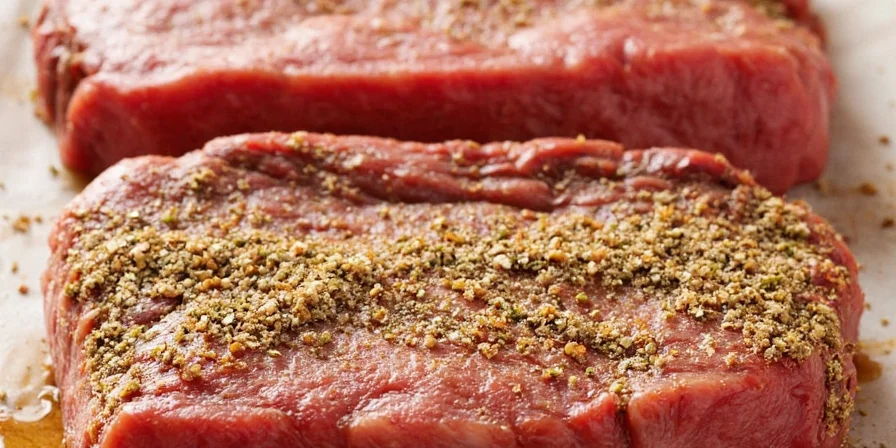
Why This Recipe Works: The Science Behind Montreal Steak Seasoning
Montreal steak seasoning isn't just random spices thrown together. This iconic Canadian blend creates the perfect flavor balance through carefully calibrated ratios that activate multiple taste receptors simultaneously. Unlike generic steak rubs, authentic Montreal seasoning delivers:
| Ingredient | Scientific Function | Optimal Ratio |
|---|---|---|
| Coarse Black Pepper (32%) | Activates TRPV1 receptors for warmth without overpowering | 2:1 ratio to salt |
| Garlic Granules (16%) | Releases allicin when heated for maximum umami impact | Equal to onion |
| Onion Granules (16%) | Creates synergistic effect with garlic for depth | Equal to garlic |
| Sea Salt (32%) | Enhances all flavors while drawing out meat's natural juices | 1:2 ratio to pepper |
| Crushed Red Pepper (3%) | Provides slow-building heat via capsaicin without burning | 1/4 tsp per tbsp |
| Thyme/Rosemary (1%) | Antioxidants prevent burning while adding complexity | 1 tsp total |
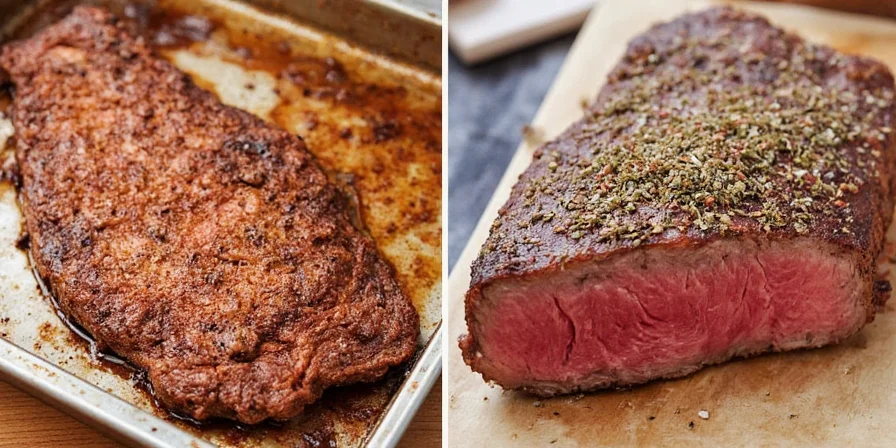
How to Use Montreal Steak Seasoning Like a Professional Chef
Getting perfect results requires more than just the right ingredients. These evidence-based techniques make the difference between good and extraordinary:
- The 30-Minute Rule: Apply seasoning 30 minutes pre-cooking to allow salt penetration without drawing out moisture
- The Press Technique: Gently press (don't rub) seasoning into meat surface to create flavor-adherent crust
- Temperature Matters: For best Maillard reaction, cook at 400-450°F (204-232°C)
- The Oil Trick: Mix 1 tsp seasoning with 1 tbsp oil before application for vegetables or lean proteins
- Resting Protocol: Let seasoned meat rest 5 minutes after cooking for even flavor distribution
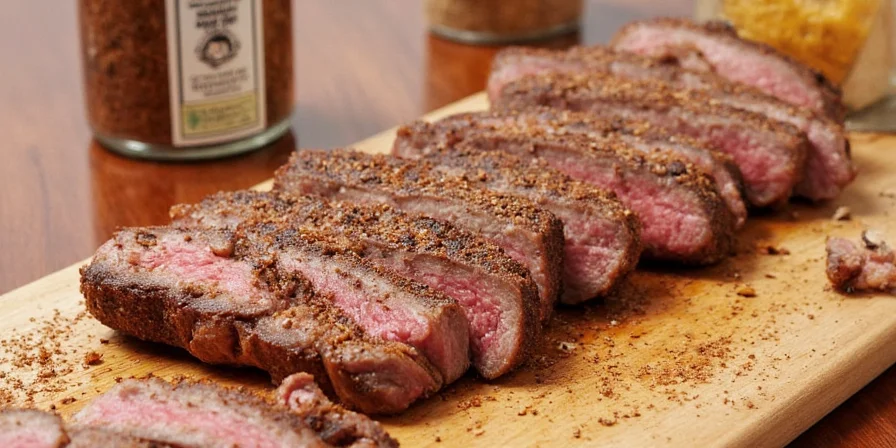
Store-Bought vs Homemade: The Real Cost Analysis
| Factor | Commercial Brands | Homemade (Per 1/2 Cup) | Savings |
|---|---|---|---|
| Cost | $5.99-$8.99 | $1.87 | 70% less |
| Ingredient Quality | Anti-caking agents, preservatives | Pure spices only | Healthier option |
| Flavor Freshness | 6-12 month shelf life from production | Freshly mixed | Superior taste |
| Customization | Fixed formula | Adjust to preference | Personalized results |
Common Mistakes That Ruin Your Montreal Seasoning Results
Even with the perfect recipe, these errors sabotage your seasoning experience:
- Using pre-ground pepper: Loses volatile compounds within hours; always use freshly cracked
- Incorrect salt ratio: Too little = bland, too much = overpowering (maintain 1:2 salt:pepper ratio)
- Applying too late: Less than 15 minutes before cooking prevents proper flavor integration
- Overheating: Cooking above 475°F (246°C) burns delicate herb compounds
- Storing improperly: Light and moisture degrade flavor; use amber glass containers
Authentic Montreal Steak Seasoning Origins: Beyond the Myths
While many claim Montreal steak seasoning originated in Jewish delis, historical evidence points to a more complex evolution. The blend emerged in the 1940s-50s as Montreal's meatpacking district workers combined Eastern European spice traditions with local Quebecois curing methods. What made it distinctive was the precise 2:1 pepper-to-salt ratio uncommon in other steak rubs.
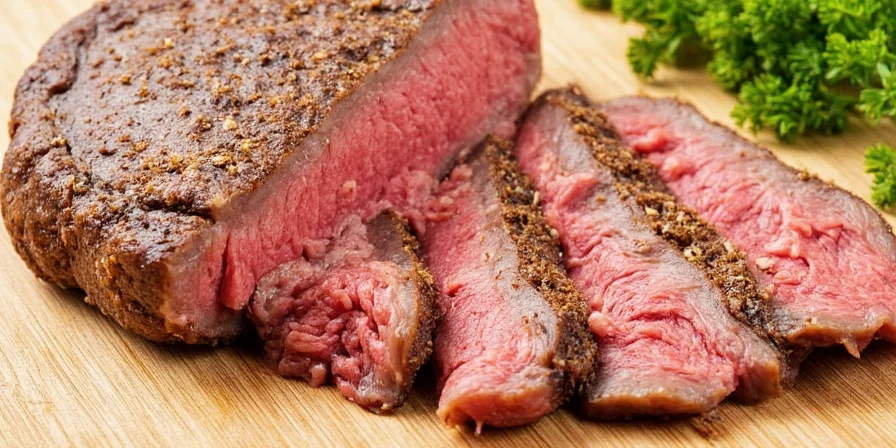
Unlike regional spice blends confined to single cuisines, Montreal seasoning's deliberate balance allowed it to transcend its origins. This cross-cultural adaptability explains its global adoption where other regional blends failed.
Advanced Customizations: Professional Variations
Once you've mastered the authentic recipe, these chef-developed variations enhance specific applications:
- Steakhouse Version: Add 1/2 tsp celery seed + 1/4 tsp mustard powder for enhanced crust formation
- Smoke-Infused: Replace 1/2 tsp black pepper with 1/2 tsp smoked sea salt for grill-friendly version
- Low-Sodium Alternative: Use 1 tbsp potassium chloride + 1 tbsp sea salt (maintains texture)
- Quick Marinade: Mix 2 tbsp seasoning + 3 tbsp olive oil + 1 tbsp Worcestershire sauce
- Vegetarian Adaptation: Add 1/2 tsp nutritional yeast for umami boost on mushrooms and eggplant
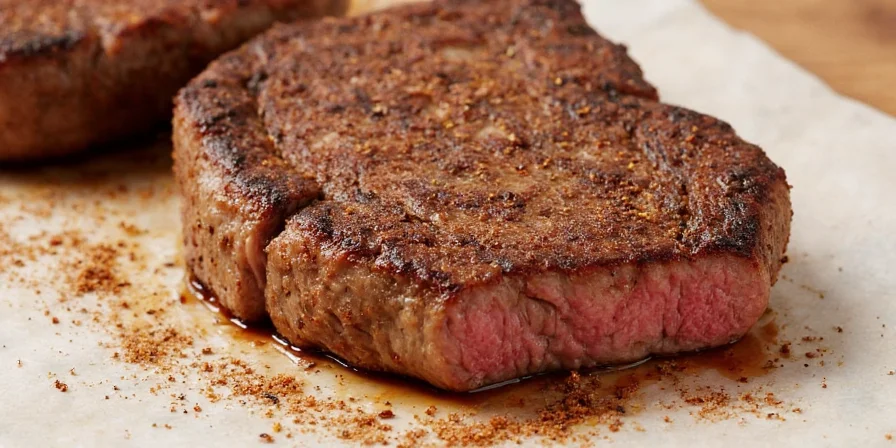
Frequently Asked Questions
What makes Montreal steak seasoning different from regular steak seasoning?
The distinctive 2:1 black pepper to salt ratio creates signature boldness without excessive saltiness. Authentic blends use garlic and onion granules (not powder) for controlled flavor release during cooking, plus specific herb proportions that create balanced complexity rather than individual herb dominance.
Can I use this on chicken or fish?
Yes, but adjust application: Use 25% less on chicken (cooks faster, absorbs flavors quicker) and only on firm fish like salmon or tuna. Avoid delicate seafood where the bold flavors would overpower. For best results with poultry, mix 1 tbsp seasoning with 2 tbsp olive oil before application.
Why does my homemade version taste different from store-bought?
Commercial versions contain anti-caking agents (like calcium silicate) and preservatives that alter flavor release. Homemade lacks these but offers fresher, more vibrant taste. The difference becomes minimal after 24 hours as homemade seasoning compounds meld. For closest match, let your blend sit 24 hours before first use.
How do I fix an over-seasoned steak?
If applied too heavily, sear quickly to create crust, then finish cooking indirectly. Serve with cooling elements like tzatziki or cucumber salad to balance intensity. For future batches, reduce application by 25% and always measure rather than eyeball. Remember: proper application is 1/2 tsp per 8oz steak.
Does spice freshness affect results?
Critically. Black pepper loses 50% of volatile compounds within 3 months of grinding. Garlic and onion granules maintain potency for 6-8 months when stored properly. For authentic Montreal flavor, use spices less than 6 months old and always crack pepper immediately before mixing. Stale spices create flat, one-dimensional flavor profiles.

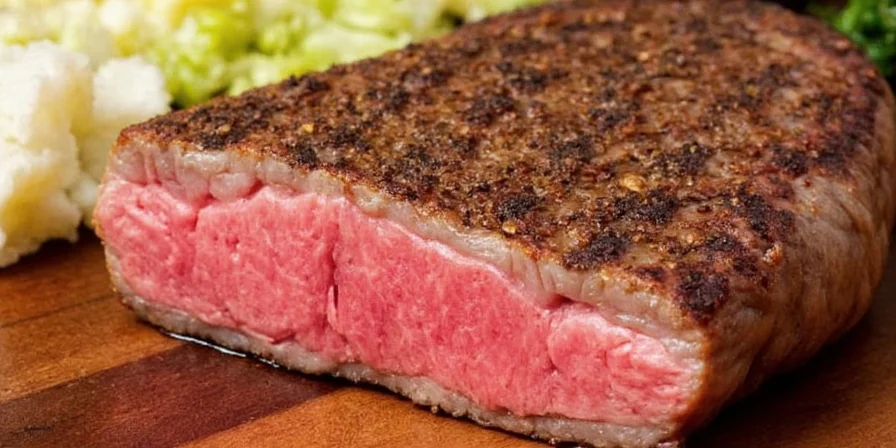









 浙公网安备
33010002000092号
浙公网安备
33010002000092号 浙B2-20120091-4
浙B2-20120091-4